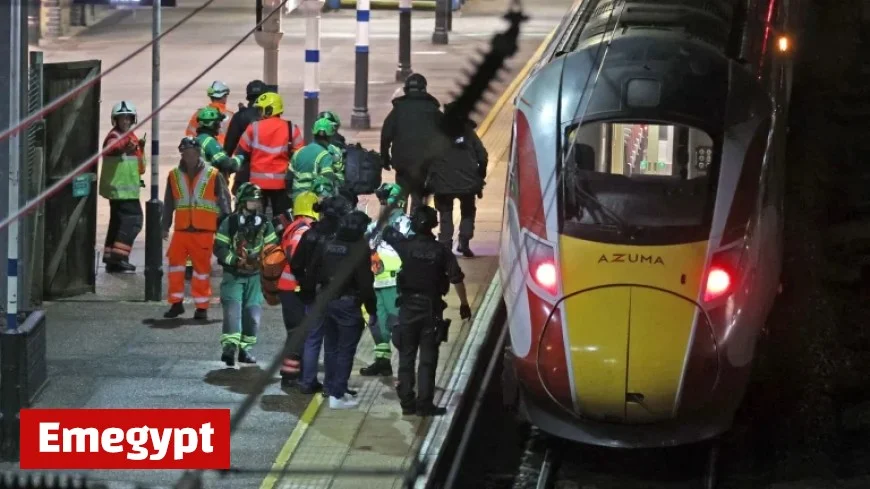Police Revamp Train Line Knife Attack Drill with New Strategies – Discover What Changed This Time

The British Transport Police recently conducted a significant emergency exercise aimed at enhancing response strategies for train-related incidents. This drill, held in March, involved a simulated knife attack on a train traveling towards Huntingdon.
Details of the Drill
During the exercise, a passenger activated the emergency cord, prompting the train to stop. However, this response did not happen immediately; police took 25 minutes to arrive, contrasting sharply with the eight minutes it took Cambridgeshire firearms officers to reach Huntingdon station.
Expert Insights
Chris Webb, a crisis communications specialist, emphasized the misconception surrounding the emergency cord’s function. “Passengers often believe the train halts instantly, but drivers must communicate with the line operator to decide on a safe stopping point,” he explained.
In this instance, the decision was made to continue to Huntingdon station, facilitating a quicker response from armed police. Webb noted the dilemma faced by train operators: stopping immediately could reduce the risk of further danger, yet it complicates emergency services’ access.
Understanding Plato Response Protocol
The initial police response employed a protocol known as the Plato code, indicating a major incident. This protocol does not categorize an event as a terror attack but is frequently activated in situations involving potential violence.
- Plato Response: Focuses on securing the scene before allowing paramedics and firefighters to assist.
- Engagement: Armed police first apprehend the threat before unarmed responders enter the area.
- HART Involvement: The East of England Ambulance Service’s Hazardous Area Response Team (HART) was permitted to accompany police during this incident.
The Plato code is crucial for quickly organizing emergency operations and ensuring responders’ safety. Its successful application can mitigate the risks associated with similar incidents, as demonstrated during previous emergencies.
Lessons Learned from Previous Incidents
Such exercises are essential for refining emergency response tactics. Webb highlighted that regular drills have been conducted by train operators. He recalled a similar exercise just prior to the 7/7 bombings in London, indicating the importance of continuous training.
In March’s drill, the simulated assailant was depicted as a white male with mental health challenges. In a realistic turn, the police engaged the suspect, resulting in a fatal resolution.
Conclusion
This recent training drill reflects a commitment to improving safety protocols on public transport. By reviewing procedures and responding effectively, authorities aim to better handle crises, ensuring passenger safety in real situations.




























